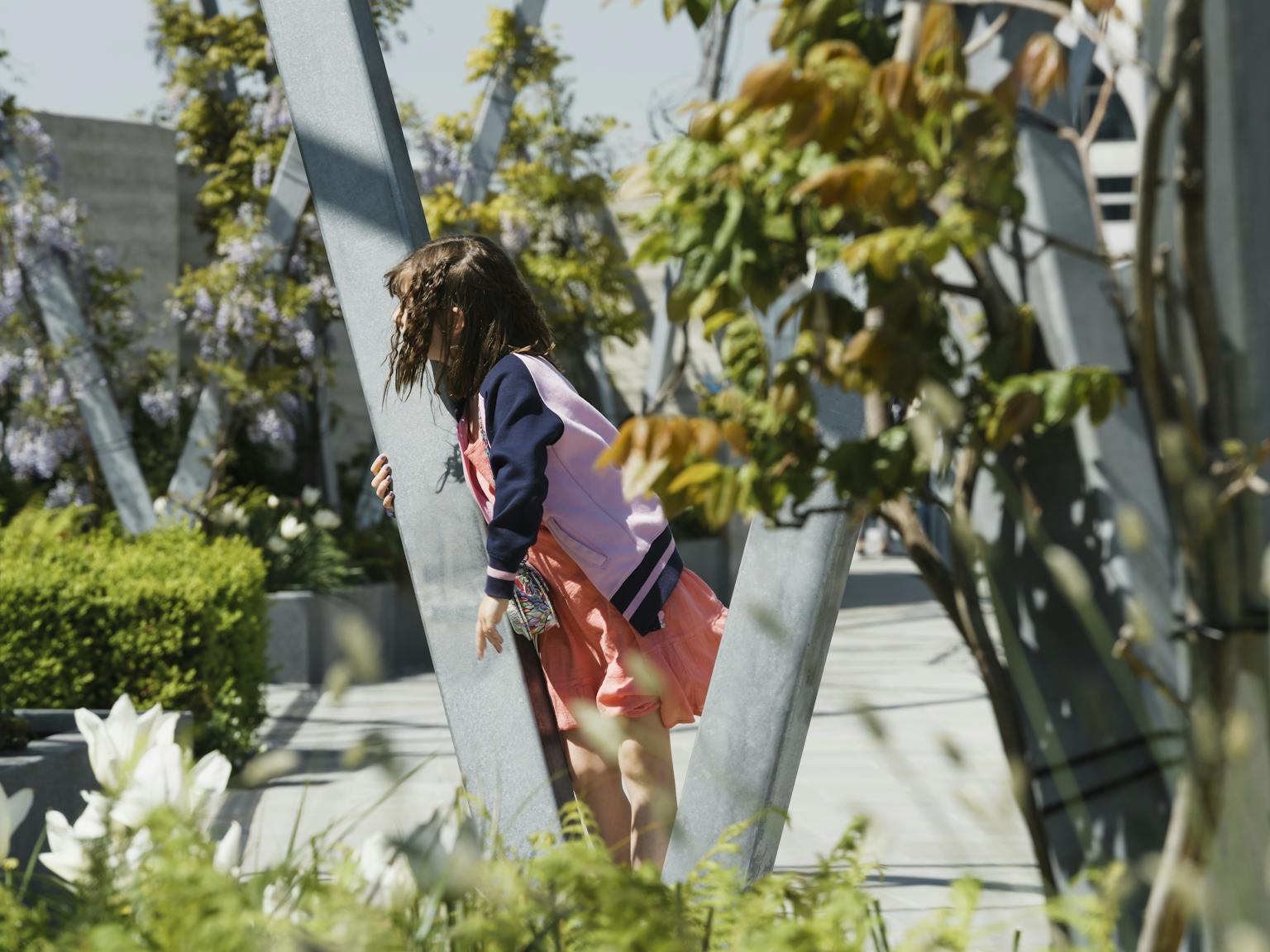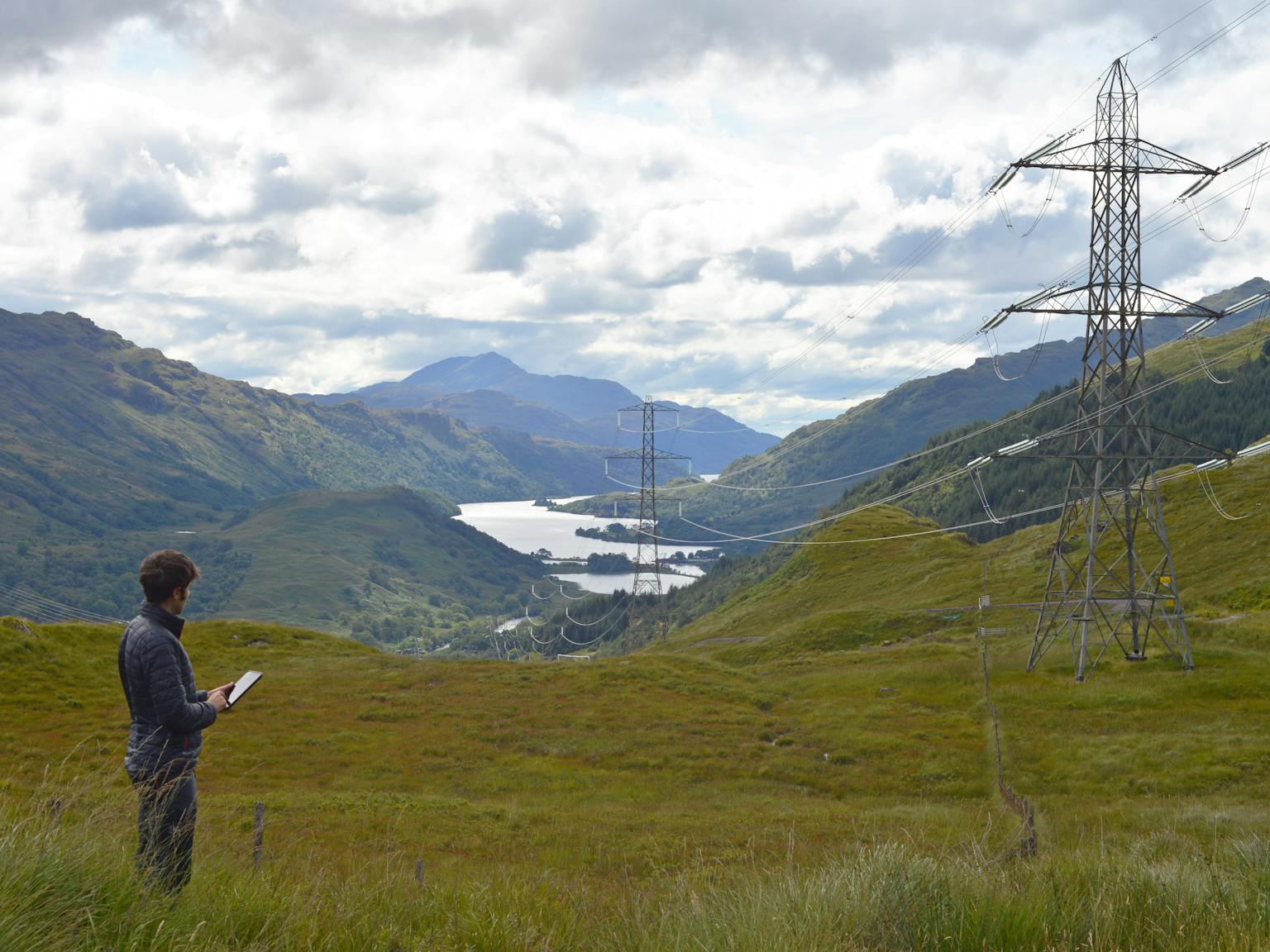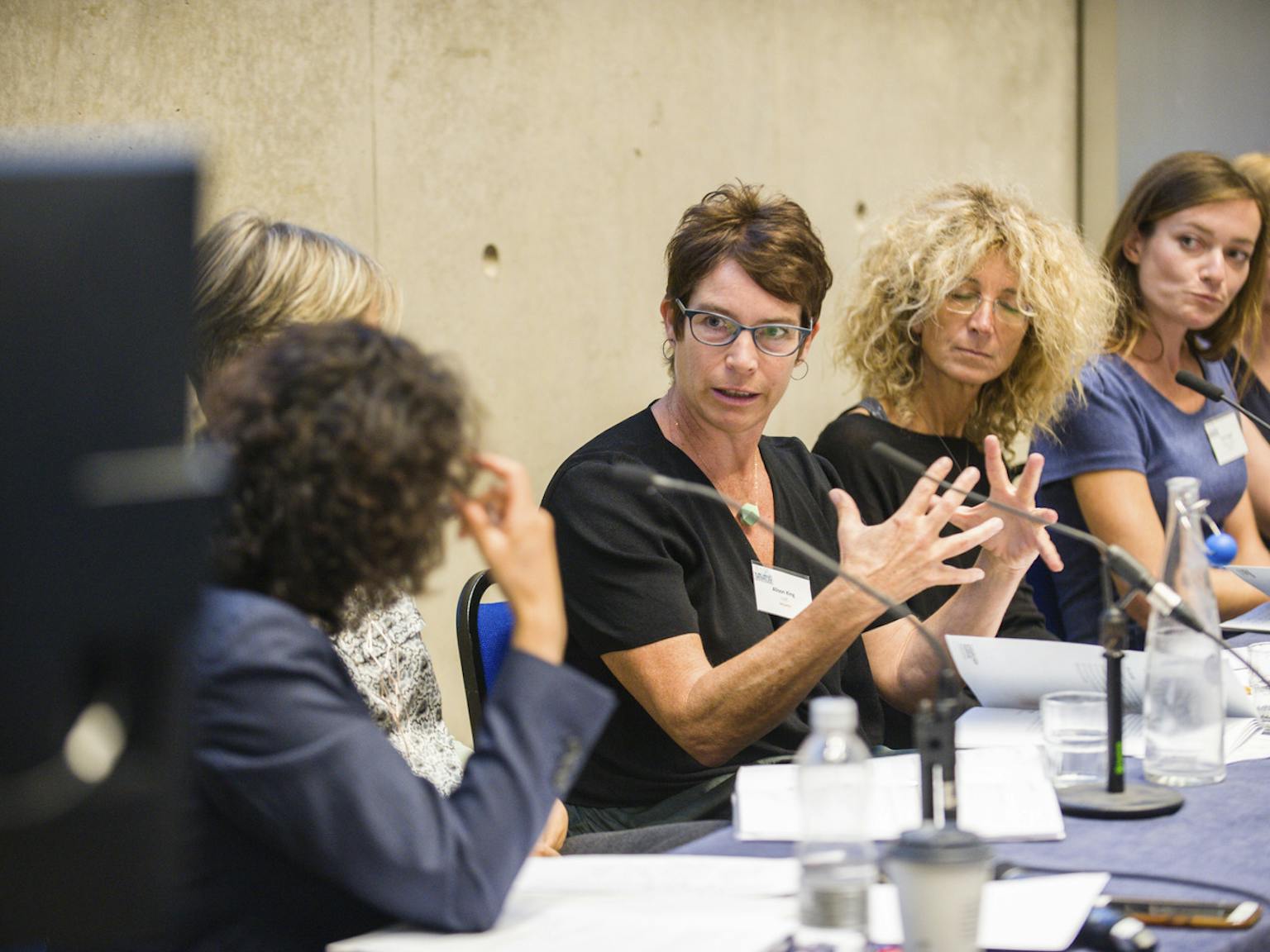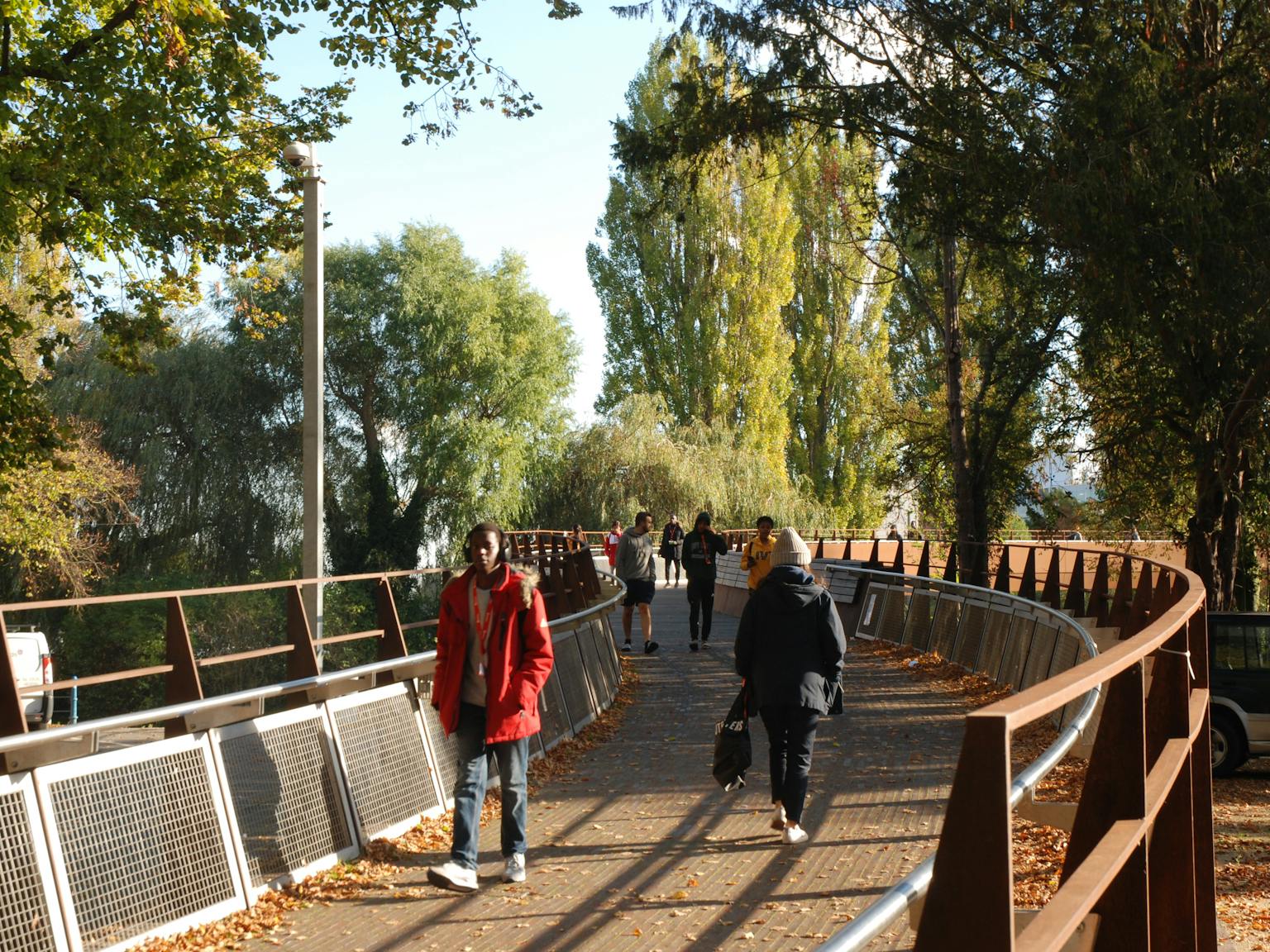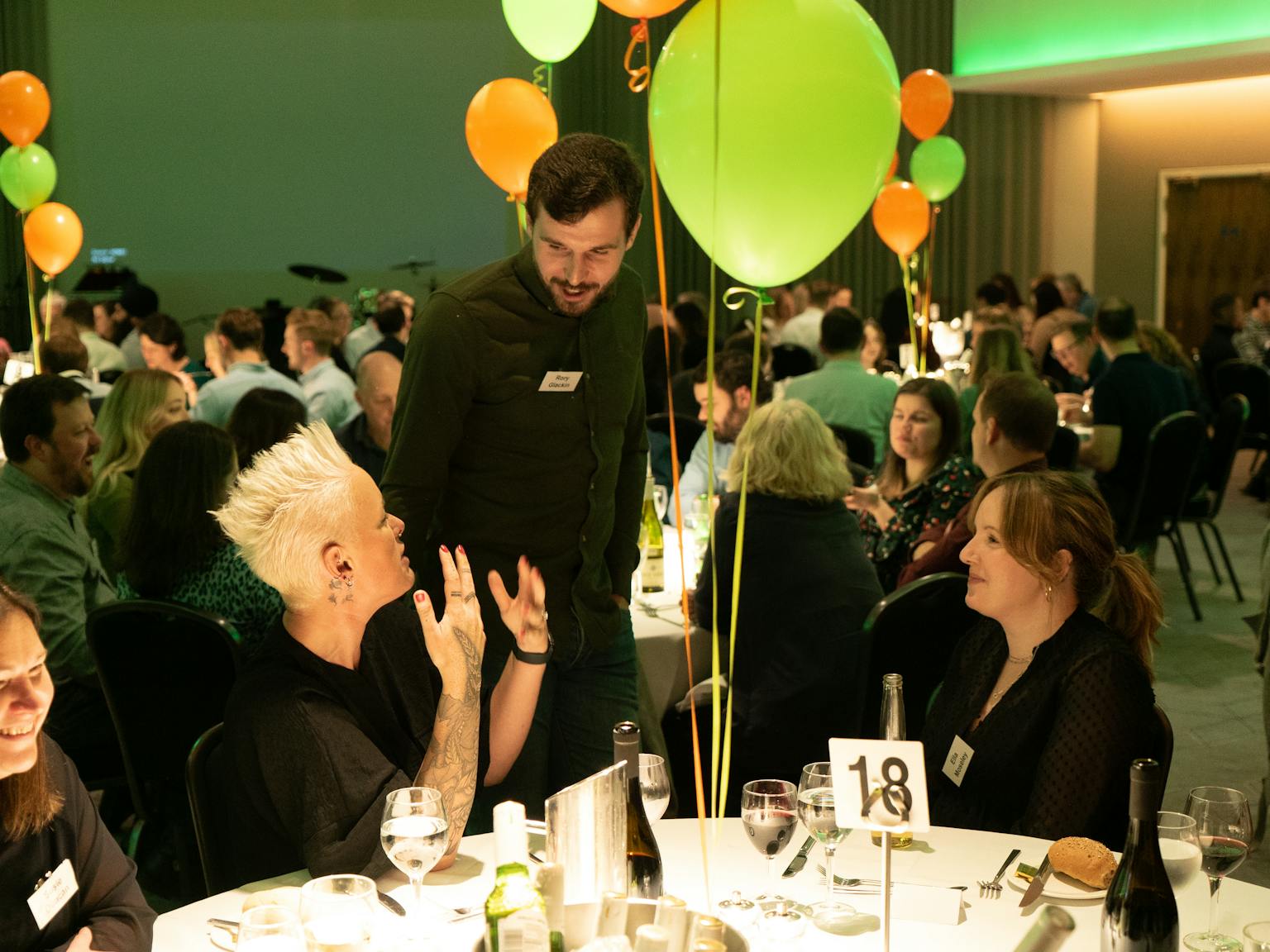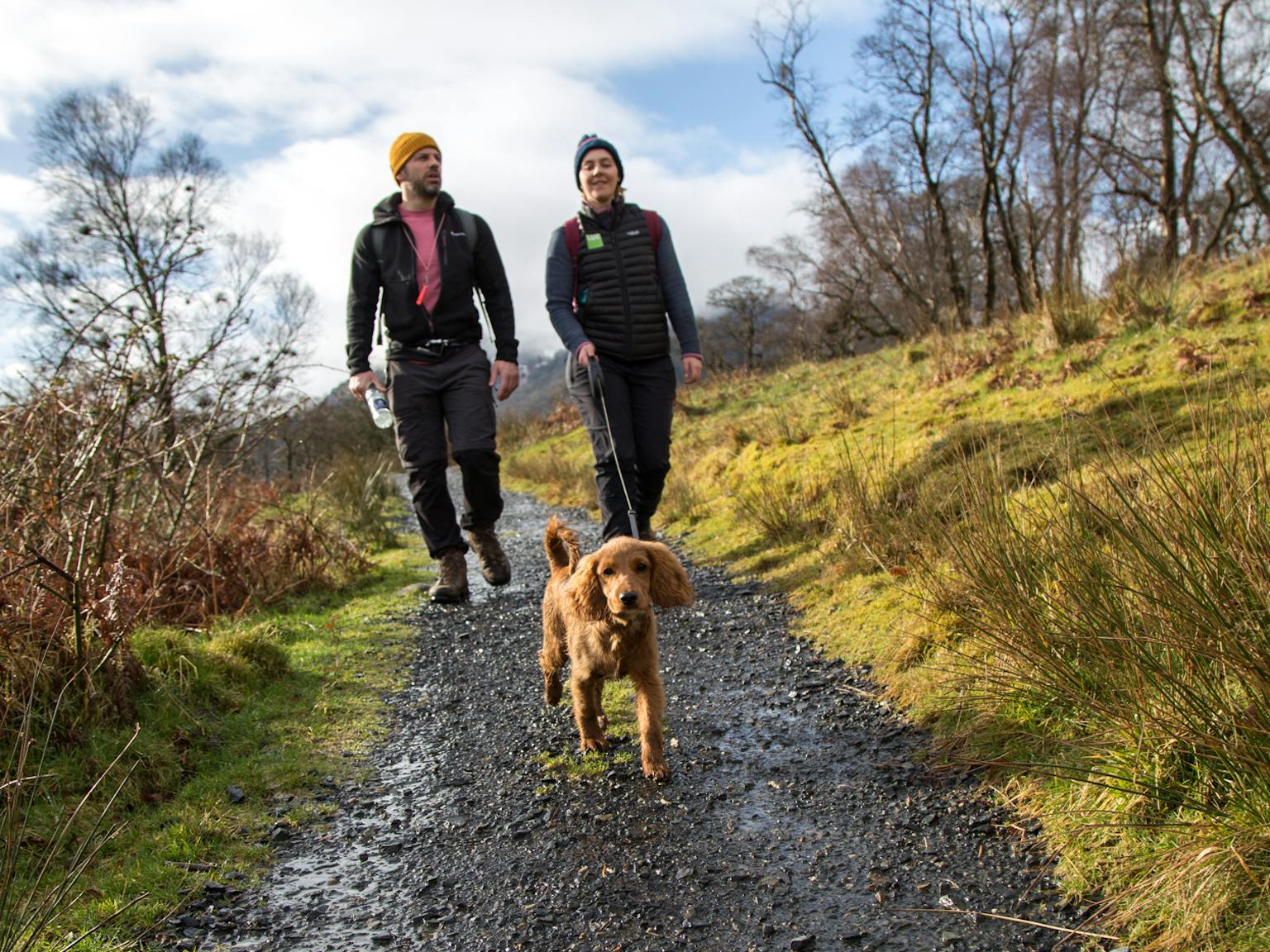
Have your say on Westmorland and Furness Design Code
LUC is working with Westmorland and Furness Council to develop a new design code for the district’s local planning authority area. Design codes seek to improve the quality and local distinctiveness of design in new developments.
This new code will offer accessible, practical advice for everyone involved in the planning process – from developers and architects to local communities and council officers.
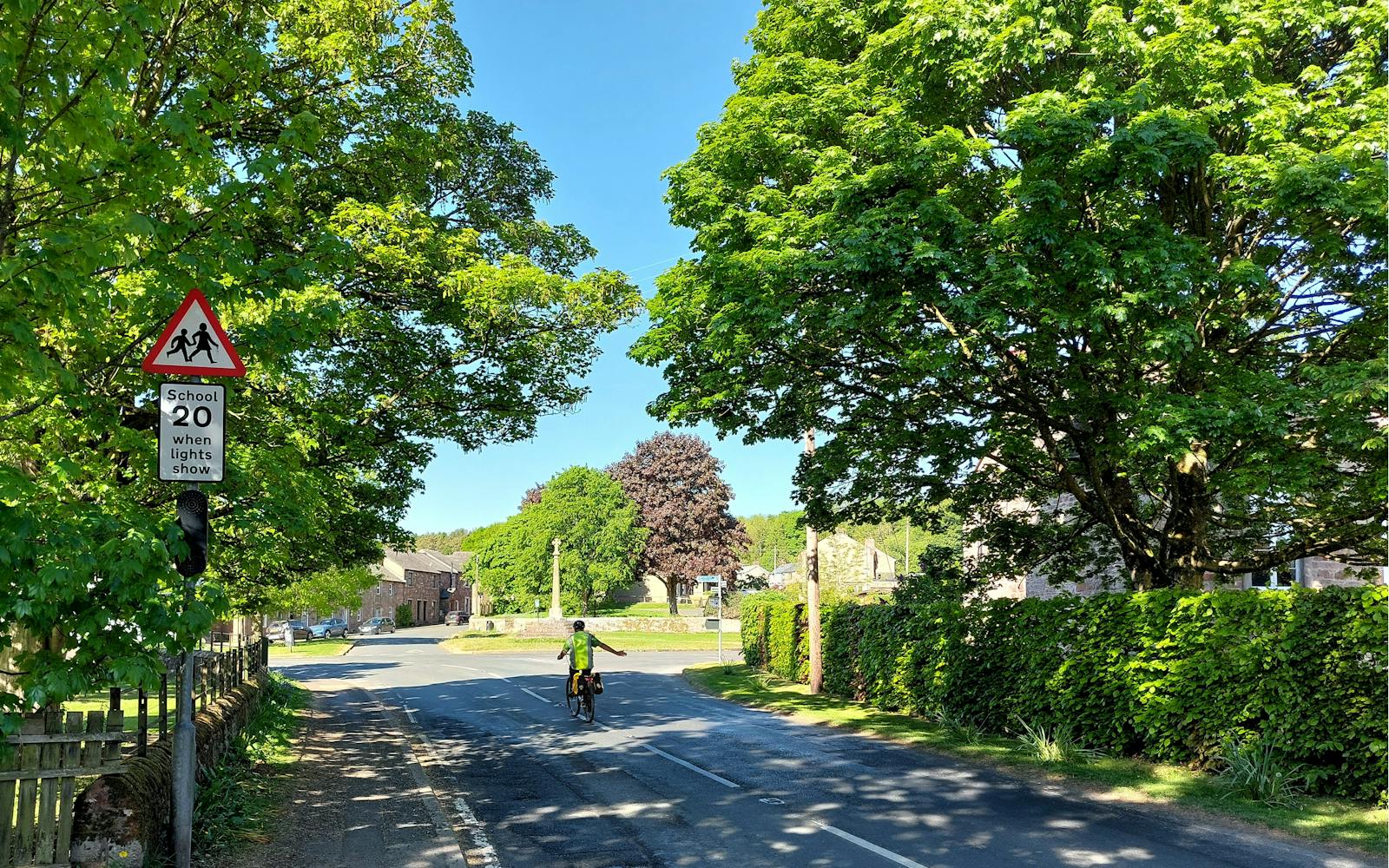
A vision for design in a diverse and sensitive landscape
Westmorland and Furness is one of the largest local authorities by area in England, stretching over 100km from the Irish Sea to the border with Northumberland. Its landscape is exceptionally varied, bordering the Lake District and Yorkshire Dales National Parks, and encompassing parts of the North Pennines and Arnside & Silverdale National Landscapes. The district also includes the Eden Valley, the Furness and Cartmel Peninsulas, and the coastal resorts of Morecambe Bay.
Its settlements are equally diverse, ranging from the industrial port of Barrow-in-Furness to market towns such as Kendal, Penrith, Kirkby Lonsdale, Ulverston, Appleby, Alston and Kirkby Stephen, along with numerous villages and hamlets.

A landscape-led, character-focused approach
The design code is both landscape-led and place-led, with a strong emphasis on local distinctiveness. It sets out design principles to ensure new development respects the unique character of Westmorland and Furness, while promoting sustainability, biodiversity, and high-quality, innovative design.
Given the district’s experience of climate-related flooding, the code places particular importance on sustainable design, water management and climate resilience.
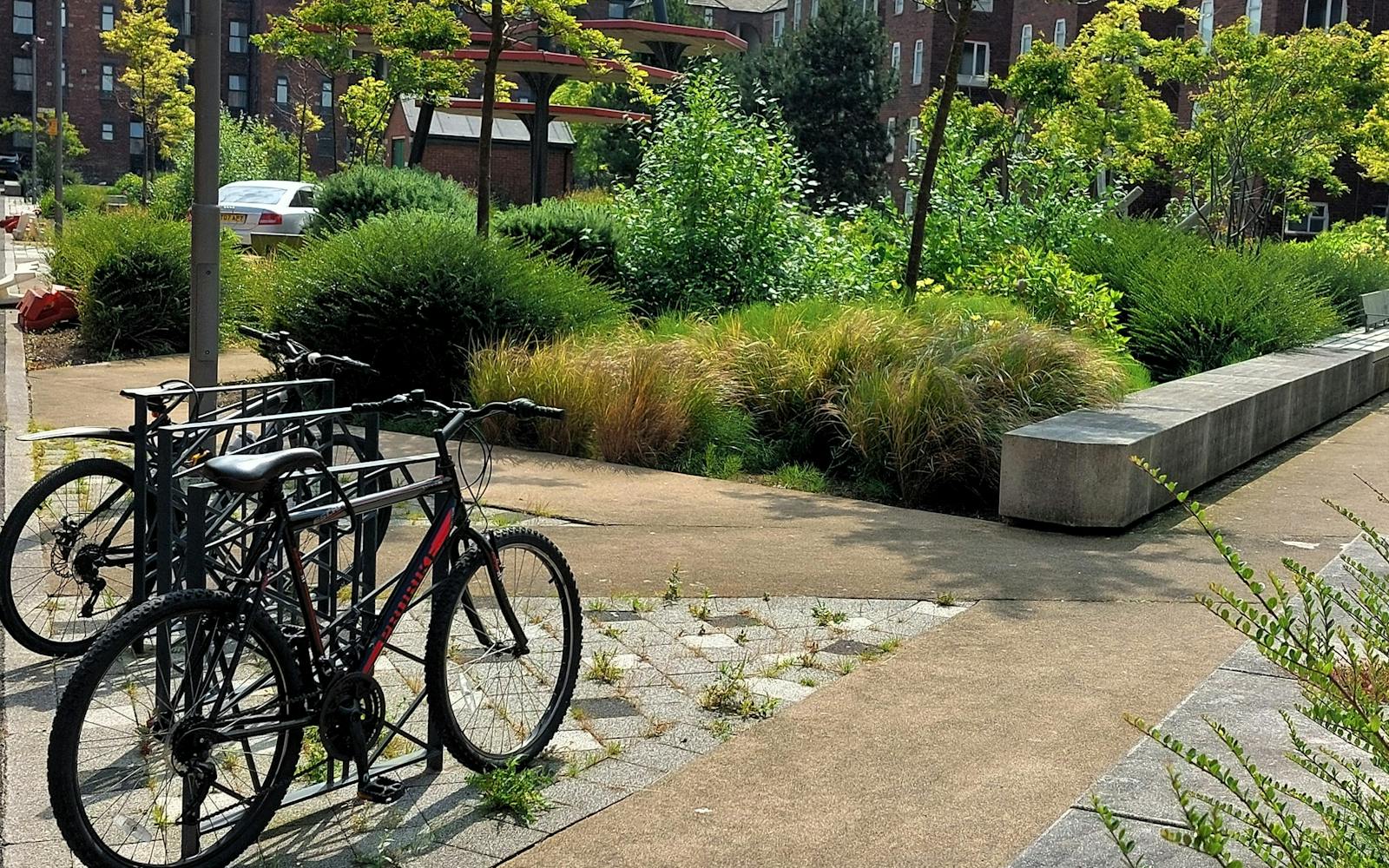
Shaped by community engagement
The code has been shaped by extensive consultation, including public and stakeholder engagement in 2024 on the design code vision and scope. The current consultation period runs until mid-December 2025, giving residents and stakeholders an opportunity to share their views on the full design code.
The design code includes tailored guidance for different types of development, such as new homes, businesses, barn conversions, holiday parks and house extensions. It is structured as a ‘one-stop shop’ for each development type, supported by checklists, to help users understand the context of their site and meet planning requirements.
Placed CIC, who are leading the engagement process, will be in the district throughout November to run a series of public drop-in events, while LUC will test the code with council planning officers.
